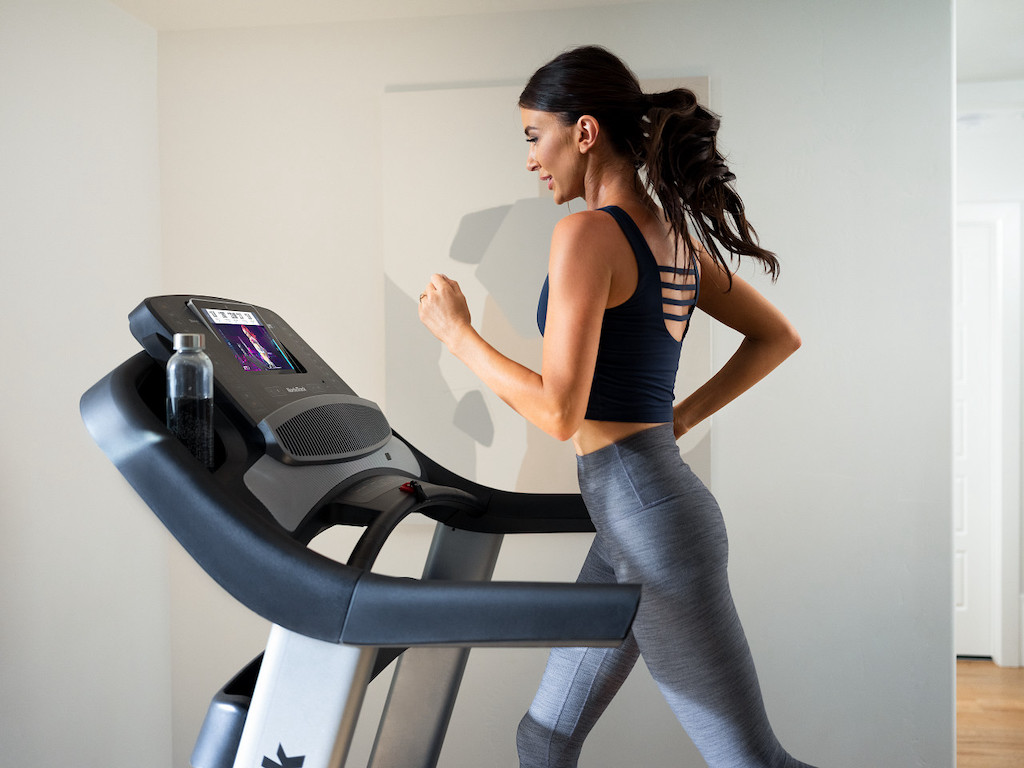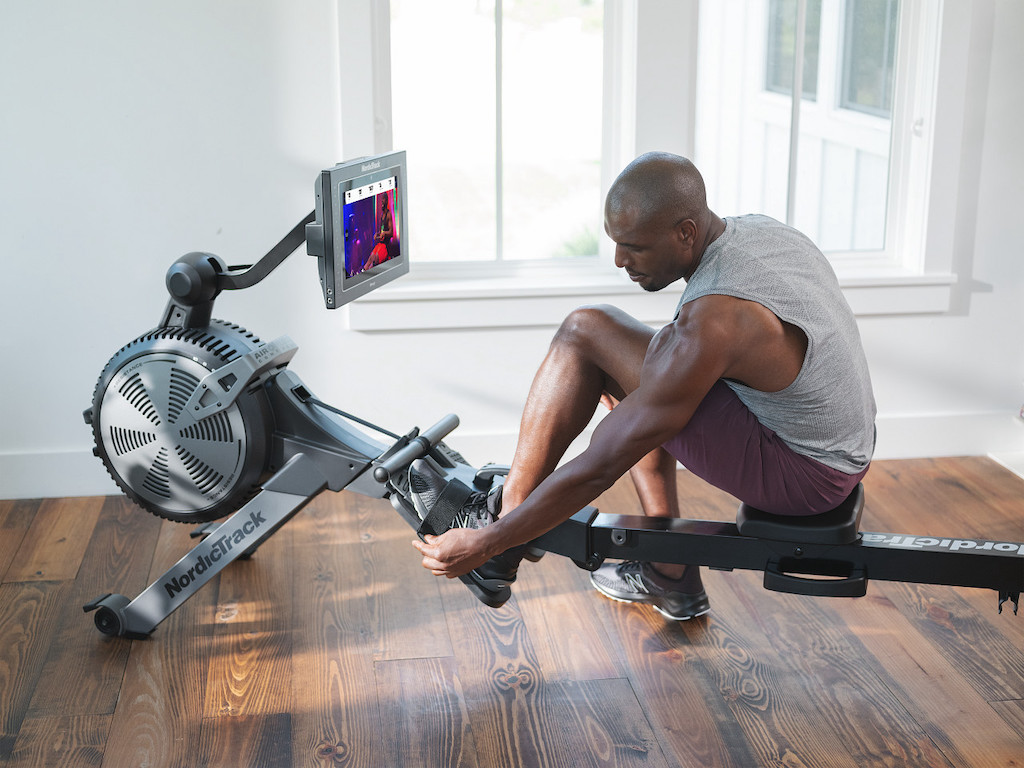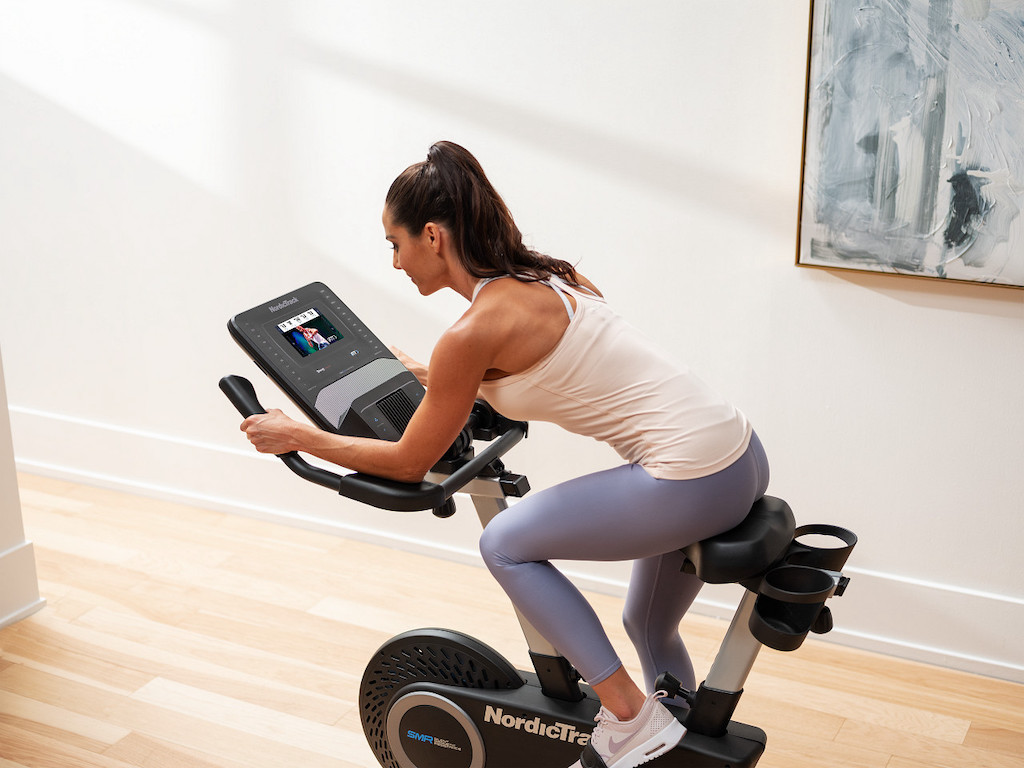If HIIT no longer holds any secrets for you thanks to our previous articles, let’s discover LITor Low Intensity Training. By working on cardio at low intensity over extended sessions, you can achieve lasting benefits without rushing your body. The ideal? Combine the two activities according to your desires and the time you have available. Try LIIT and LISS, two new ways of doing cardio!
LIIT: low-intensity cardio training

LIIT (Low Intensity Interval Training) and LISS (Low Intensity Steady State) are two variants of LIT, or Low Intensity Training, which consist of training at low intensity for a long period of time. What are their benefits and what is the difference between these two variants? Follow our guide!
LIIT: the exact opposite of HIIT
LIITis a cardio training technique which consists of combining short periods of physical activity with periods of rest. However, unlike HIIT (High Intensity Interval Training), LIIT consists of training at low intensity, i.e. without increasing the heart rate until it approaches its FC max (maximum heart rate), as is the case with HIIT.
LISS: training for a long time at a constant rhythm
LISS does not proceed by intervals, but by means of long periods of continuous activity, carried out at a constant low intensity rate. If you also push your limits with LISS, it’s a test of endurance!
Why and how to choose Low Intensity Training?

The LIT techniques each have advantages and disadvantages. Along with HIIT, they constitute 3 types of complementary training to add to your exercise programme according to your objectives. To understand the benefits of Low Intensity training, here is some information on adapting the body to the workout:
- With a low or moderate degree of exertion, the body primarily functions aerobically, i.e. it uses oxygen to provide the energy necessary for physical activity. You are not out of breath, the muscles are well oxygenated, and the body is not excessively stressed. The loss of calories is spread out over time and the body draws on fat to produce energy once the stock of sugar has been consumed (on average after 45 minutes of exercise). The major disadvantage of aerobic training is the body’s capacity to adapt to the exertion: to maintain the same efficiency, your training will have to last longer and longer.
- HIIT also helps to burn calories, but with a more radical method: intense activity causes the body to pass the so-called anaerobic threshold, where the body does not have enough oxygen to provide energy solely through aerobic training. Another energy-producing mechanism is activated, generating the famous lactic acid, which can cause cramps and aches, among other things. These intense exercises greatly increase the heart rate. This technique requires a good knowledge of your body and an accurate evaluation of the heart rate to work at. You should also plan rest days between sessions. On the other hand, the loss of calories is greater and persists even after the workout is over!
To sum up, LIT exercises are :
- Suitable for sportsmen and women of all levels and all physical conditions.
- Less strenuous on muscles and joints
- Ideal for gently improving endurance performance and cardiovascular capacity.
- A gentle solution to lose calories from consuming sugar, but also fat!
- Carried out over long sessions, as the body gets more and more used to the workout to obtain the same results.
Gentle or intense method? It’s up to you to choose which technique to adopt at what point in your training programme! The ideal is to alternate between the two.
Integrate Low Intensity Training into your training schedule

LIT can be practised on a treadmill, bicycle, rowing machine, elliptical bike or with any type of moderate sporting activity such as yoga or Pilates. To test the different low-intensity cardio training methods, here is an example of a LIIT and a LISS session:
- LIIT: after a short warm-up, do 3 series of 10 muscle-strengthening movements(crunches, squats, push-ups, etc.), with 30 seconds of activity for 90 seconds of rest. Repeat the circuit several times, so that you train for a minimum of 30 to 45 minutes, without going too fast or forcing the movements.
- LISS: carry out a cardio endurance workout for a minimum of 40 to 45 minutes, without interruption and at a constant pace (for example, avoid running on sloping ground or adapt your pace so that your heart rate does not increase during the session).
Check out our Fitness & Training page for more advice.
